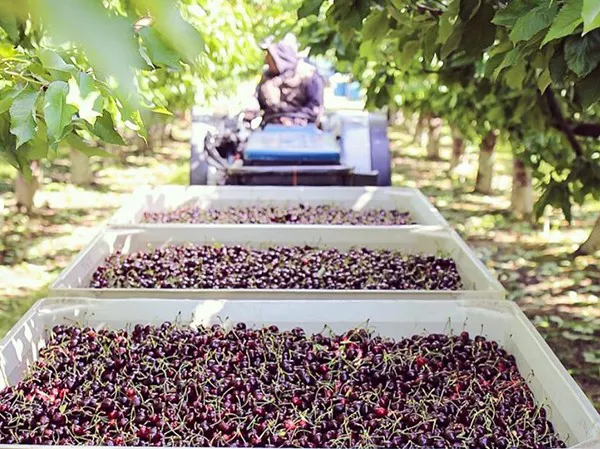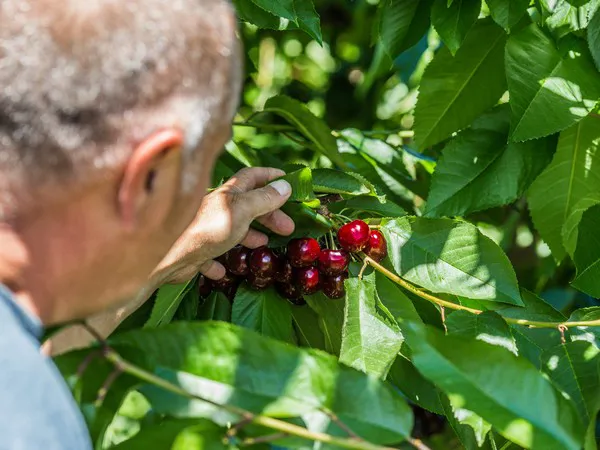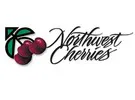Last week’s jump in temperatures in Washington was welcomed by Pacific Northwest cherry growers. In turn, this also means that the back end of the cherry crop is likely to be a more moderate crop.
Northwest Cherries president B.J. Thurlby notes that the increased temperatures, which reached the 80s degrees Fahrenheit last week (a jump from recent temperatures of 55 degrees Fahrenheit as part of a cold spring that’s pushed back the start of the season) caused the trees to bloom quickly. “Then the bees didn’t have a huge window to get out there and work the trees prior to when pollination is viable,” says Thurlby. “It got warm, everything bloomed in a flash bloom and pollen dried out and that’s why we think we have a bit of a lighter crop on the back end.”

While the “precocious” varieties on the back end can normally produce 12-14 tons/acre, it now appears to look more like five to six tons.
However there are positives to this development. “Usually that translates to really nice fruit. We’re going to end up with trees that have more tonnage because they end up growing bigger cherries,” says Thurlby. “Another positive is that you get the same fruit maturity across the tree so the cherries that get pollinated are all pollinated at the same time.”
Change in temperature again
This week, temperatures have come back down somewhat to the mid-70s degrees Fahrenheit which allows the promotion of cell division and helps the fruit size up and sugars to develop. “So in all, the last two weeks have been perfect,” he says.

In all, the state’s estimated cherry crop is 20+ million boxes with harvest expected to begin around June 15th. That’s a jump from 2022’s season which saw 13.3 million 20 lb. equivalent boxes, so 2023 is a much-needed season for growers and consumers. “Cherries are truly one of the last seasonal items and there’s a pent-up demand for cherries because people didn’t feel like they got enough last year,” says Thurlby. “The shortness of the crop showed up on the bottom line for retailers so we’re excited about a crop that will get most everyone covered and be a really good crop.”
That includes having enough cherries for the critical 4th of July promotional period. “We will have cherries for those promotions though this year there will be some from California and some from the Pacific Northwest,” says Thurlby.
 For more information:
For more information:
Ceara Thompson
Northwest Cherries
Ceara.Thompson@finnpartners.com https://www.nwcherries.com/
